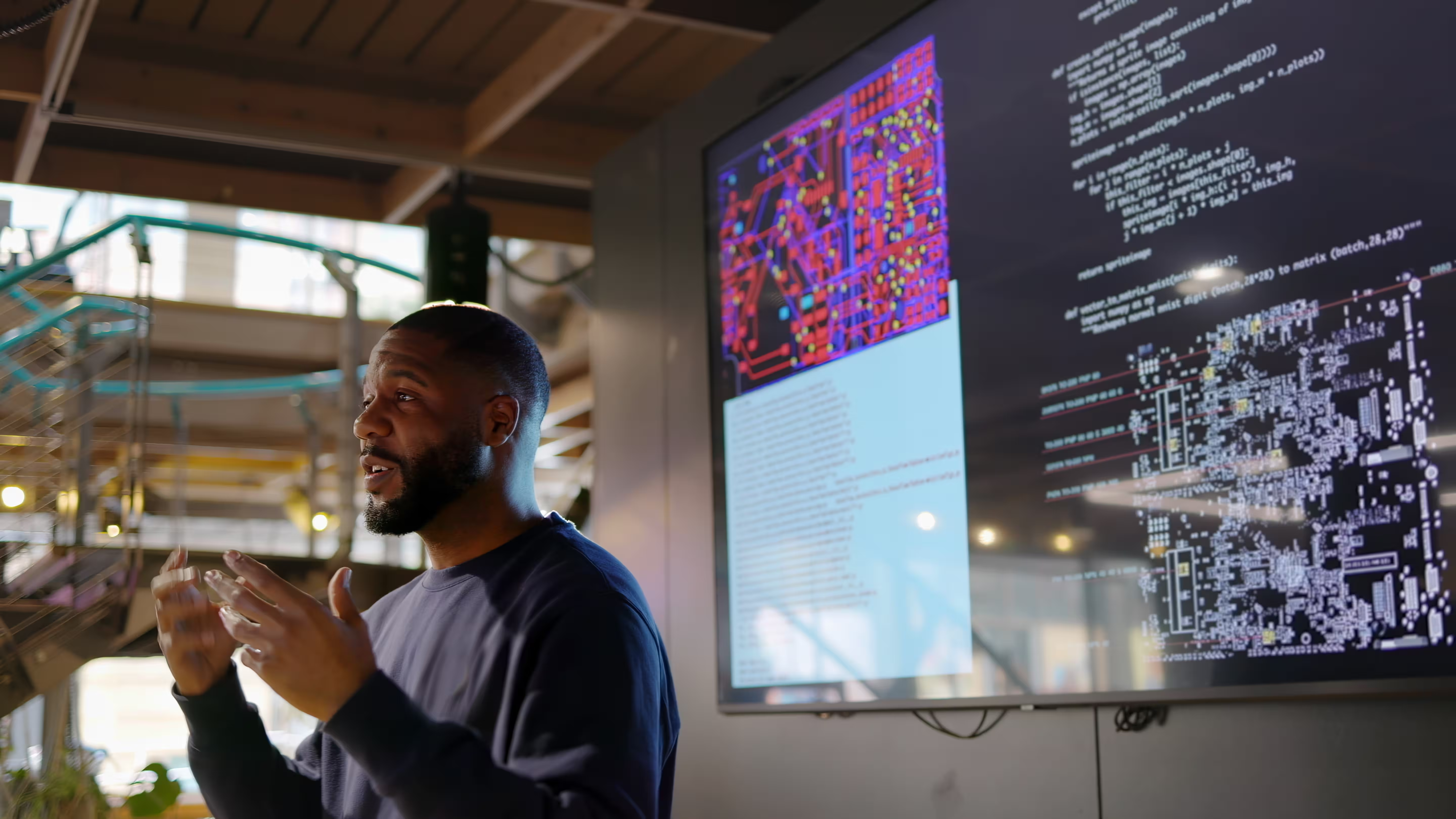The future of banking is here, and it’s got an “always open” sign on the door
It’s Friday and, after finishing work, you head to a friend’s place for dinner when you remember you owe him cash, but it’s 8:00 p.m. Your FI has long been closed, and you forgot your wallet. Not a problem as you visit the branch ATM on the way, take out your phone, and open an app that accesses your account, and you receive the cash in a matter of seconds.
It’s been years since consumers have been held to restricted banking hours to get their cash, and the trend is moving more and more to 24/7 self-directed banking in general. Largely your customers want to be able to bank on their own terms for various reasons. Not having the ability to get to your branch before it closes—either because of time constraints or simply not living close to a branch—is one of them, but so is a preference for digital banking and a greater demand for ease and convenience.
So now it’s not just about customers accessing cash whenever they want to. It’s about offering a payments choice and the ability to do more—make deposits, open new accounts, and even apply for a loan.
How to make 24/7 banking possible in physical branch spaces and digital channels
‘Always open’ banking is a hybrid of branch and online services driven by convenience, speed, ease, and safety. And while, for many consumers, online banking is their go-to from home or work, there are those consumers who prefer the face-to-face interaction they get at a branch. For those customers who don’t live near a branch, or find branch hours inconvenient, assisted remote service via an interactive teller ATM is the perfect solution. By providing the same experience across all channels, consumers get the banking services they want 24/7 no matter where they’re located.
But what goes into delivering that 24/7 digital-first service? Here’s a look at some of the technology and ways FIs can deliver anytime banking:
- Live chat and conversational AI. Remember when “being just a phone call away” was comforting? Well, consumers don’t really see customer service that way anymore. Online chat is now their preferred method to resolve a banking issue or make a transaction—79 percent say they prefer it over making a phone call or visiting a branch. And in the era of instant gratification, it’s easy to see why. The moment they realize, for example, that they have a fraudulent charge on their debit card, within about 30 seconds they can be chatting online with their bank to dispute the claim. So, what used to be a situation that throws off their day (or worse) becomes manageable.
And when they can do it 24/7, all the better. With conversational AI—using machine learning and natural language processing—there’s no need to have a live employee interacting with customers at all hours. Chat bots can recognize human language, form responses, and automate tasks, so banking customers can reach out via the bank’s online chat platform to perform a host of transactions usually faster than a teller can.
- The offsite smart branch fully functioning ATM. Many years ago, FIs started rolling out offsite ATMs to provide greater access to cash to consumers where and when they wanted it like in the grocery store, outside a theatre, or at a hospital. Currently more than 1.6 million (52% of all ATMs are located away from a branch.
But now, just getting cash is not enough. Consumers want to do more at the self-service channel, and with branch estates being streamlined across the globe, full and multi-functioning ATMs create smart branches, so FI customers can be assisted remotely and perform even complex transactions whenever they want to. These multi-functioning ATMs are also cash recycling units that can take check and cash deposits and can be controlled remotely to enable consumers to do more of their banking outside the branch.
- Transform the branch with digital self-service. FIs can offer a seamless self-service experience for their customers with secure self-service ATMs and adopt technologies to deliver the digital branch experience. And FIs can move towards a lean, smaller footprint branch that delivers an optimized, omnichannel, digital-first customer service.
- Biometrics: The use of facial, voice, and fingerprint recognition has been increasing in most industries including the financial industry—and consumers are welcoming it with 78 percent saying they would be happy to have their FI use behavioral biometrics.
For around-the-clock banking, biometrics helps when it comes to making secure transactions— like the scan of someone’s fingerprint to authenticate their identity, for example. It can also be used to unlock doors for after hour spaces with fully functioning ATMs and handle phone calls with voice recognition any time, day, or night. In addition, voice biometrics can help people with disabilities access their cash when the branch is closed.
- Internet of things (IoT): With your ATMs constantly connected to the internet, customers receive consistent experience in every channel. So, if they start a transaction on their phones at home, they can still complete it at your branch regardless of the time. This API-enabled approach is bringing branches the omnichannel service consumers expect. While your customers are using their digital devices much more for their banking, often they start a transaction but feel the need to come to the branch for more support. What they don’t want to do is have to start it from scratch. Being able to seamlessly shift it between mobile app, ATM, and teller delivers the expected experience of a consistent, “always on”, connected service at the branch.
- Mobile apps and mobile wallet: With the ability to pay anywhere using their mobile devices, customers want FIs to meet their digital-first demands by enabling them to do their banking anytime they want either digitally or at the branch.
Let your ITMs do some heavy lifting
Interactive teller machines (ITMs): Already emerging as a revolutionary “branch in a box” technology, ITMs took off during the pandemic, meeting the need for your customers to connect to a teller via an ATM, to get that face-to-face interaction and assistance. The ITM is a smart branch that goes way beyond just dispensing cash and, at the same time, is a convenient, safe, and efficient method of banking.
The ITM offers an ideal way to extend your branch hours without impacting your staff. With remote teller assistance, you enable your customers to do 95% of the transactions they can do in branch – but still with that face to face connection or teller input when needed. ITMs are an important step to help customer bank at their own convenience while also ensuring the support is on hand when they need it.
What might the bank branch of the future look like?
Some FIs are already transforming the branch in pretty amazing ways. Just take a look at one of Virgin Money’s eight Virgin Money Lounges. At the Sheffield Lounge, their customers, free of charge, can go bowling, play air hockey, or pool. Or, if they’re in the mood for something more low-key, there’s a library and a bar serving complimentary snacks and soft drinks. Oh, and they have a café, movie theater and a children’s playroom, too.
And of course, customers can perform any of their banking transactions with tellers who are called “lounge hosts.” So, they’re bringing banking to their customers in a way that’s causal, fun, convenient, and digital-first. They’re also setting their brand apart at a time when people need other reasons to visit their branches and receive in-person interaction that drives long-term loyalty.
But the convenience of the 24/7 availability will continue to be one of the banking trends that FIs need prioritize. So, what might a typical branch of the future look like? Because personalization and choice are also important to consumers, it might look something like the following:
A customer walks into a branch and, thanks to AI, is immediately recognized when they walk in. On an interactive screen with a virtual personal assistant, they’re immediately greeted by name, and thanks to robust data analytics, the system knows that the customer is in the market to buy a home, has processed a pre-approval loan online, and generated a list of mortgage offers for them to browse.
And with the use of APIs, they can connect to a financial planner to have a discussion about which one seems like the right investment. So, what would usually be a fairly long, stressful, time-consuming process can be as convenient and as easy as performing a much more routine banking transaction. The personalization of the experience will also be addressed.
Convenience, of course, will still be a key driver for branch transformation that can be achieved using a variety of tools, including previously mentioned biometrics and the IoT. And it’s estimated that by 2025 there will be approximately 930,000 branches globally, but they will be lighter, leaner, and faster with more self-service and automation.
On their terms, services should be available all the time
Your customers lives aren’t likely to get less demanding—from longer hours at work to juggling professional lives while raising a family or getting a new business off the ground, their need for ease and convenience is just going to increase. So, getting to your branch between a certain set of hours that generally conflicts with their schedules isn’t feasible. That’s why 24/7 banking self-service should be the goal for FIs and that will mean a transformation that includes a self-service channel to bridge the physical branch and digital channel.
Let’s explore what’s possible for your business. Our team is ready to connect and discuss tailored solutions that meet your goals.
Thank you for reaching out. A member of our team will be in touch shortly to continue the conversation.






%20(1).jpg)





%20(1).jpg)

%20(1).jpg)




%20(1).jpg)
%20(1).jpg)
%20(1).jpg)

%20(1).jpg)
%20(1).jpg)
.jpg)
.jpg)
.jpg)
%20(1).jpg)
.jpg)
.jpg)
.jpg)




.jpg)
.jpg)
.jpg)
.jpg)
